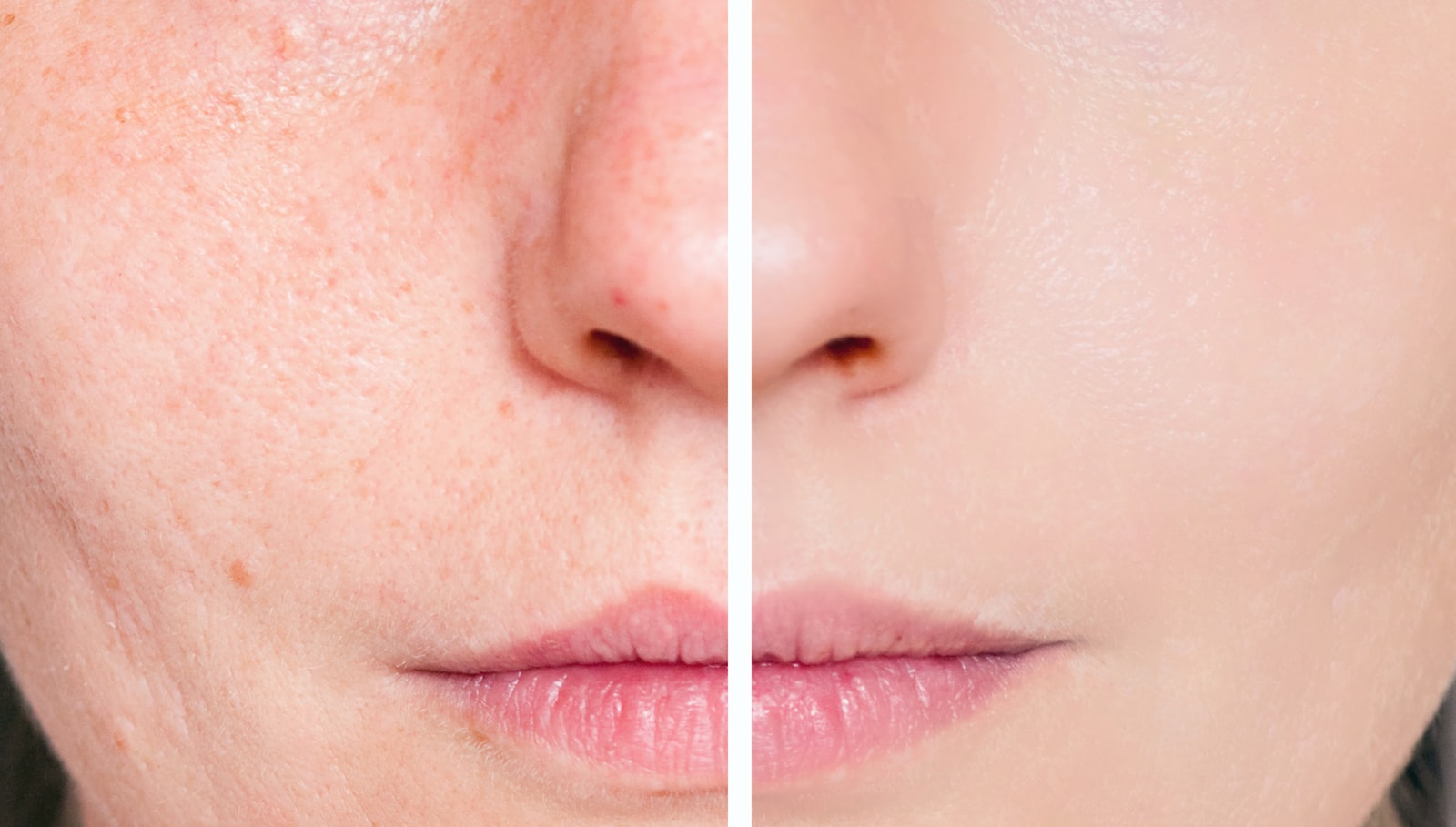Hyperpigmentation is dark patches of skin that result from excess melanin production. Lightening creams are applied to lighten the skin over time. Chemical peels use acids to remove the epidermis. Laser skin resurfacing uses targeted beams of light to treat the skin. Ablative lasers remove layers of skin. Non-ablative lasers promote collagen growth and tighter skin. An IPL (intense pulsed light) handpiece uses light pulses to penetrate down to the second layer of the skin and stimulate skin rejuvenation. Microdermabrasion uses chemicals and a powder placed in a machine. Exfoliants are placed on the skin. The machine clears the exfoliants and abrades the skin to remove dark patches.




